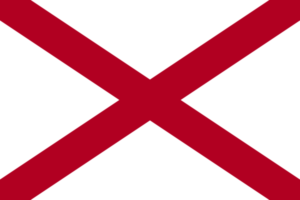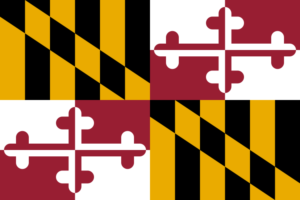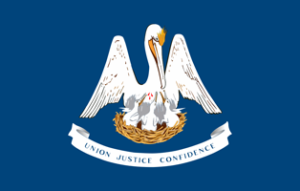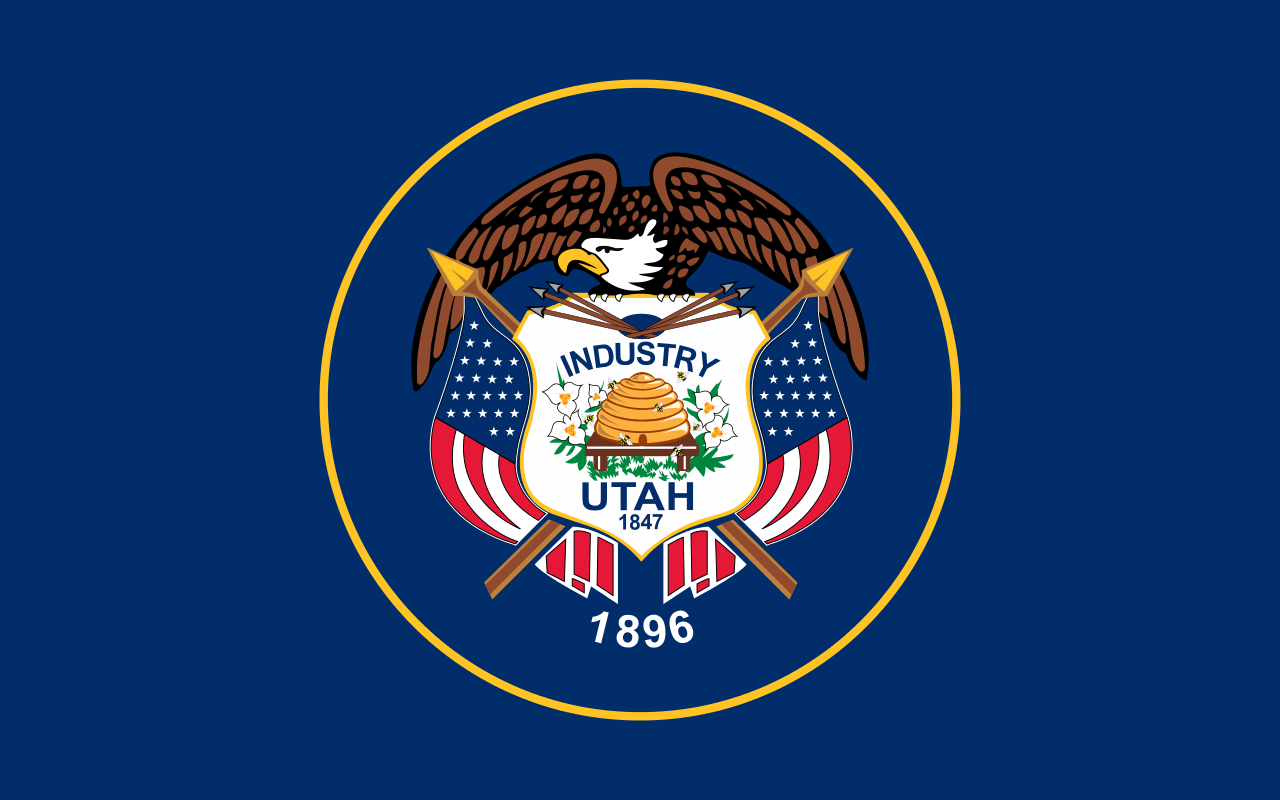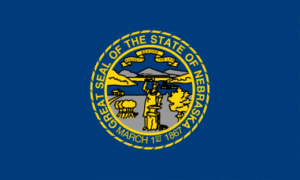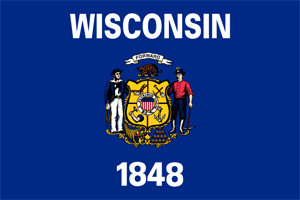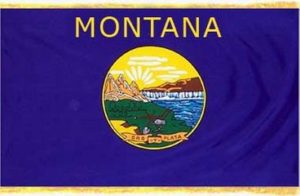Tuesday, April 25th, 2023 – 8:00 am to noon – 4 or *8 CEUs
(Please arrive by 7:45 am for registration)
Victor addresses how to make current systems more energy efficient to save your customers money, which means more business for you! Familiarize yourself with how the 2020 National Electrical Code relates to the current nature of power quality and energy management.
Materials Needed
Participants must bring a code book (preferably the 2020 edition). Workshop participants are provided with a POWER QUALITY workbook.
Where: SpringHill Suites Mooresville/Lake Norman
121 Gateway Blvd
Mooresville, NC 28117
Hotel Phone: 704-658-0053
(Reduced room rates available for JCR workshop attendees. Call hotel directly to book your room.)
Course Outline
Overview of Article 750
Installation and Operation of Energy Management Systems; Loads not to be overridden; Assessment, Control, Monitoring, and Management; Correction, Recovery, Improvement, and Control.
Utility Energy Quality
Clarifying and explaining the questions of utility energy quality. Age of delivery system from the utility; environmental impacts affecting delivery; current voltage and sign wave under load; is there lead or lag in the phase sign wave; connection termination provisions; conductor properties provided; is delivery a shared system by utility.
Six Phases of the Process Flow
Assessment of Utility and Feeder; Analysis of Overall System; Review, Cost, and Outcomes; Recovery, Methods, Tasks, and Materials; Payback for Recovery Process; Control and Monitoring.
Eight Fundamentals of the Process
Overview of assessment of system; Analysis of supplied energy or power delivery; loads and utilization equipment; metering and distribution provisions; wiring methods assessment; system power study; system correction analysis; corrective actions and materials.
System Assessment Factors
Quality of delivered energy; distribution method within system; utilization equipment within system; installation methods; heat signature of components and system; distances of distribution and utilization; age of system and components; HVAC, motors, lighting, and appliance loading
Power Quality and Thermal Imaging
Use of thermal imaging for system assessment; discovery and correct aspects of overall system improvements; support applications with imaging cameras provide time dating video assessment for condition of motors; online training or formal certification programs though manufacturer.
Properties of Resistance
Current flow from utility provider is measured in resistance; assessment of conductor resistance and adjustment can provide large adjustment factors in equipment loads; Chapter 9, Tables 8 and 9 of NEC for basic resistance of conductors; voltage drop analysis providing information in the resistance assessments.
Methods of Installation
Evaluation of existing installation methods; assessment of terminations; review overcurrent and short-circuit applications; bonding and grounding vs fault pathways; raceways and junction boxes evaluating; condition of feeder and distribution equipment.
Delivery vs Usage
System usage in combined overall loads; amount of energy used from delivery versus loads; loads that can be managed or scheduled; percentage of loss and recovery; impact of loads due to condition or performance; impact of installation methods existing; accurate calculation of kilowatt usage to loss.
System Analysis Results
Correction and update of installation methods; reduction of resistance within system; upgrade of equipment and/or controlled or monitored; shedding of loads and scheduled usage; reduction of heat within system; improvement of distribution; correction of utility delivery; increased kilowatt to usage rating; economic recovery of cost through time-based payback.
Process Evaluation
Format collected information for overall system assessment; identify areas for improvement or corrective actions; list upgrade options for improved performance and reductions; develop an equipment and material list from survey assessments; develop and produce a recovery plan of action-by-action phases; assess and overview of recovery and payback timeline; prepare a recovery presentation with plan of action assessments; recovery presentation with timeline, cost, and payback conclusions.
Referencing the National Electrical Code
Article 220; Article 310; Article 430; Article 420-490; Article 750; Chapter 9- Table 4, 5, 8, 9.
*A COMPLIMENTARY ONLINE COURSE IS PROVIDED TO EVERYONE ATTENDING THIS CLASS! YOU CAN EARN AN ADDITIONAL 4 CEUs AT NO EXTRA COST TO YOU!





